High Temperature Anti-Friction Behaviors of a-Si:H Films and Counterface Material Selection
Abstract
:1. Introduction
2. Experimental Details
2.1. Preparation of a-Si:H Films
2.2. Characterization of a-Si:H Films
2.3. High Temperature Tribotests of a-Si:H Films
3. Results and Discussion
3.1. Raman Spectra and FTIR of a-Si:H Films
3.2. Tribological Properties of Steel Ball/a-Si:H Films under Different Temperatures
3.3. Tribological Properties of DLC Films on Steel Ball/a-Si:H Films under Different Temperatures
3.4. Tribological Properties of ZrO2 Ball/a-Si:H Films under Different Temperatures
3.5. Tribological Properties of Si3N4 Ball/a-Si:H Films under Different Temperatures
3.6. High Temperature Anti-Friction Mechanism of a-Si:H Films
4. Conclusions
- CoF of the friction system decreases from 200 to 600 °C independent of the friction pair materials. CoF of the friction system is as low as 0.07 at the stable stage at 600 °C in ambient air. The friction system exhibits excellent high temperature anti-friction behavior.
- The initial CoF is high for steel ball and DLC films on steel ball and low for ceramic ball due to high thermal stability of ceramic materials in ambient air event at 600 °C. The ceramic materials are suitable for tribological applications under high temperature due to the stable and initial low CoF of the friction system.
- Super-low friction of the friction system at the temperature of 600 °C is achieved independent of the friction pair materials. Moreover, Si3N4 is appropriate for a-Si:H films at a wide temperature, especially in high temperatures.
- Super-low friction of the a-Si:H films-related friction system is attributed to high temperature oxidation of a-Si:H films and the metal substrate and the tribochemical products including iron oxides and adhered to surface of ball. The tribochemical reaction generated between the contact surface and oxygen during sliding is beneficial to high temperature antifriction behaviors of hydrogenated amorphous silicon films.
Author Contributions
Funding
Conflicts of Interest
References
- Zhu, S.; Cheng, J.; Qiao, Z.; Yang, J. High temperature solid-lubricating materials: A review. Tribol. Int. 2019, 133, 206–223. [Google Scholar] [CrossRef]
- Sliney, H.E. Solid lubricant materials for high temperatures—A review. Tribol. Int. 1982, 15, 303–315. [Google Scholar] [CrossRef]
- Kumar, S.; Panwar, R.S.; Pandey, O. Effect of dual reinforced ceramic particles on high temperature tribological properties of aluminum composites. Ceram. Int. 2013, 39, 6333–6342. [Google Scholar] [CrossRef]
- Li, J.; Xiong, D. Tribological properties of nickel-based self-lubricating composite at elevated temperature and counterface material selection. Wear 2008, 265, 533–539. [Google Scholar] [CrossRef]
- Zeng, Q.; Eryilmaz, O.; Erdemir, A. Analysis of plastic deformation in diamond like carbon films–steel substrate system with tribological tests. Thin Solid Films 2011, 519, 3203–3212. [Google Scholar] [CrossRef]
- Zeng, Q.; Erdemir, A.; Erylimaz, O. Ultralow friction of ZrO2 ball sliding against DLC films under various environments. Appl. Sci. 2017, 7, 938. [Google Scholar] [CrossRef]
- Zeng, Q. Thermally induced super-low friction of DLC films in ambient air. High Temp. Mater. Process. 2018, 37, 725–731. [Google Scholar] [CrossRef]
- Eryilmaz, O.; Zeng, Q.; Erdemir, A. Superlubricity of the DLC films-related friction system at elevated temperature. RSC Adv. 2015, 5, 93147–93154. [Google Scholar]
- Zeng, Q.; Cai, S.; Li, S. High-temperature low-friction behaviors of γ-Fe2O3@SiO2 nanocomposite coatings obtained through sol–gel method. J. Sol-Gel Sci. Technol. 2018, 85, 558–566. [Google Scholar] [CrossRef]
- Zeng, Q.; Cai, S. Low-friction behaviors of Ag-doped γ-Fe2O3@SiO2 nanocomposite coatings under a wide range of temperature conditions. J. Sol-Gel Sci. Technol. 2019, 90, 271–280. [Google Scholar] [CrossRef]
- Zeng, Q.; Chen, T. Super-low friction and oxidation analysis of hydrogenated amorphous silicon films under high temperature. J. Non Cryst. Solids 2018, 493, 73–81. [Google Scholar] [CrossRef]
- Lengsfeld, P.; Nickel, N.H.; Fuhs, W. Step-by-step excimer laser induced crystallization of a-Si:H. Appl. Phys. Lett. 2000, 76, 1680–1682. [Google Scholar] [CrossRef]
- Jiang, Y.; Song, N.; Wang, C.; Pinna, N.; Lu, X. A facile synthesis of Fe3O4/nitrogen-doped carbon hybrid nanofibers as a robust peroxidase-like catalyst for the sensitive colorimetric detection of ascorbic acid. J. Mater. Chem. B 2017, 5, 5499–5505. [Google Scholar] [CrossRef]
- Erdemir, A. A crystal-chemical approach to lubrication by solid oxides. Tribol. Lett. 2000, 8, 97–102. [Google Scholar] [CrossRef]
- Zeng, Q.; Zhu, J.; Long, Y.; De Barros Bouchet, M.I.; Martin, J.M. Transformation-induced high temperature low friction behaviors of ZrO2-steel system at temperatures up to 900 °C. Mater. Res. Express 2019, 6, 0865f5. [Google Scholar] [CrossRef]

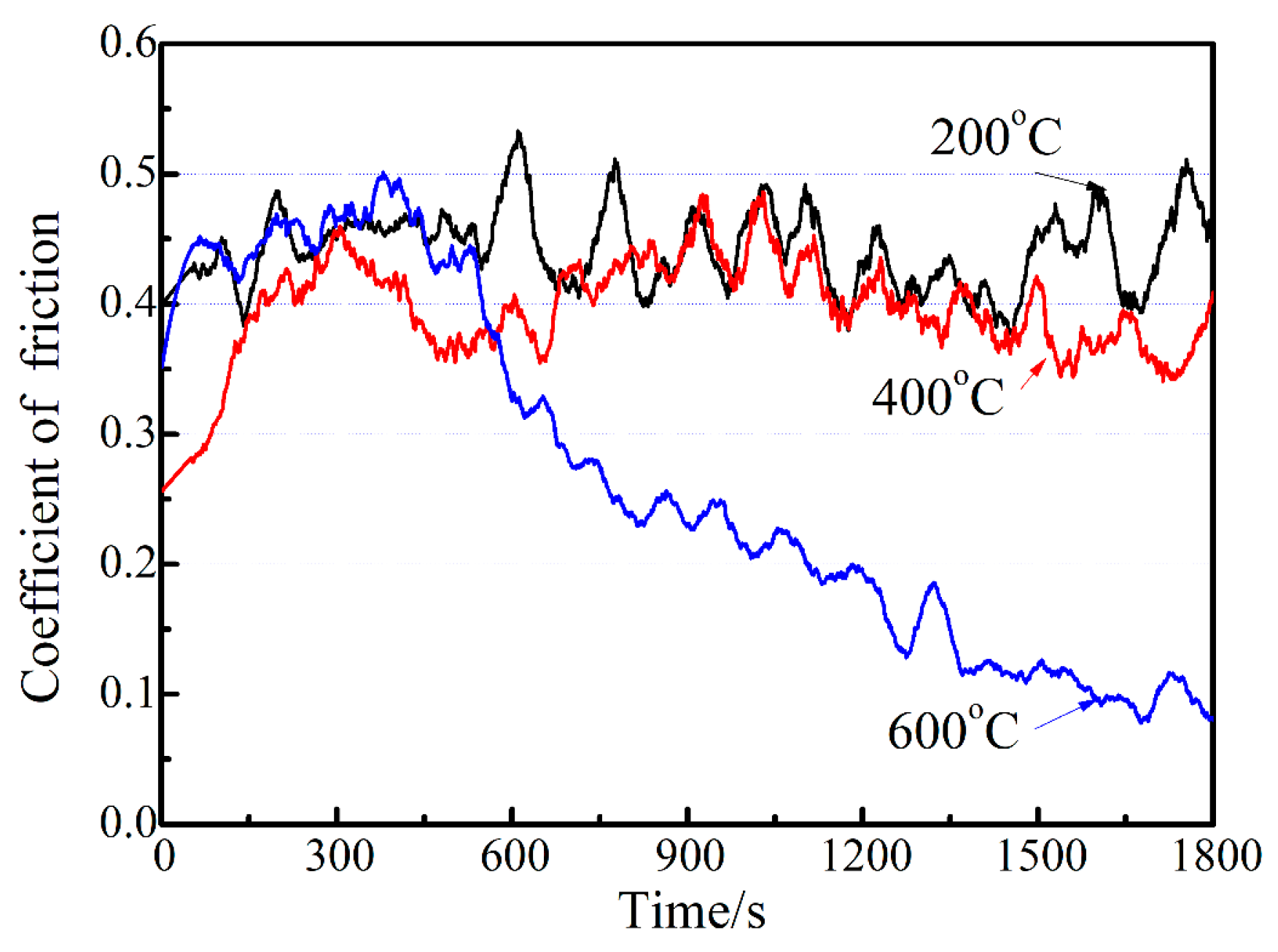
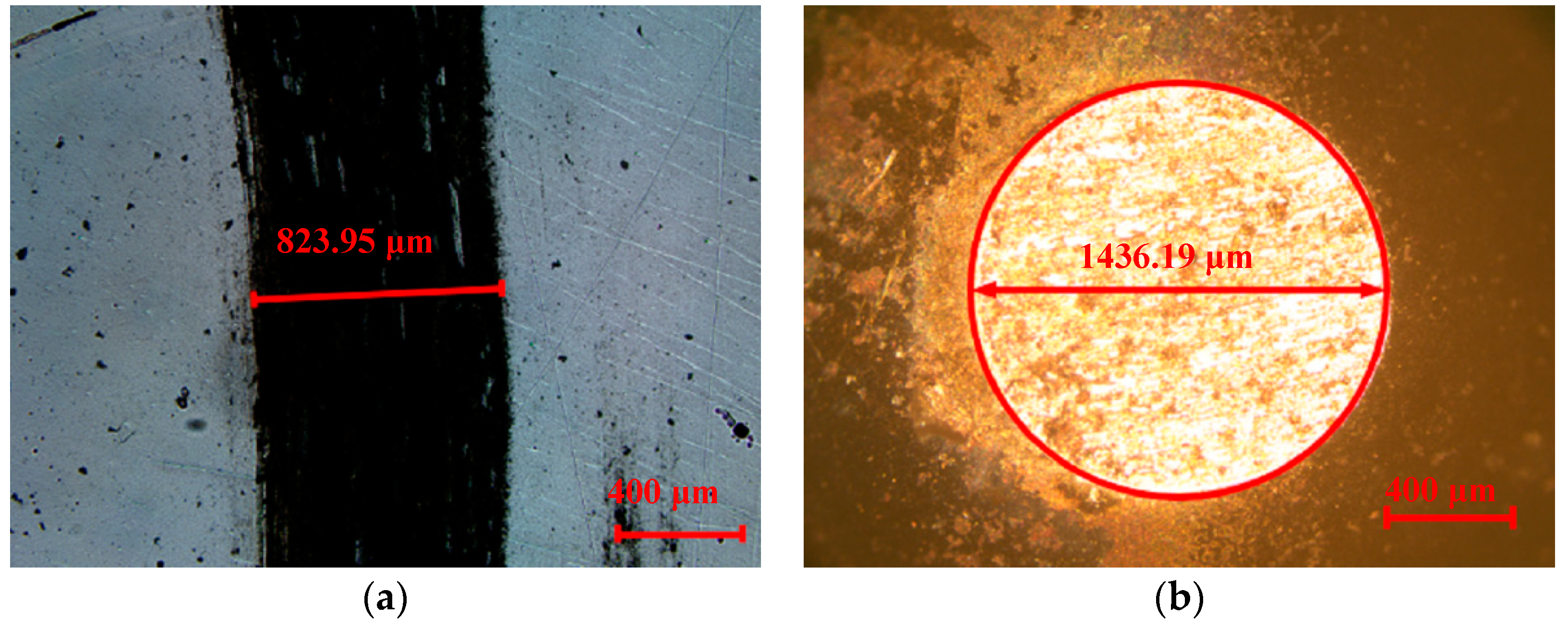
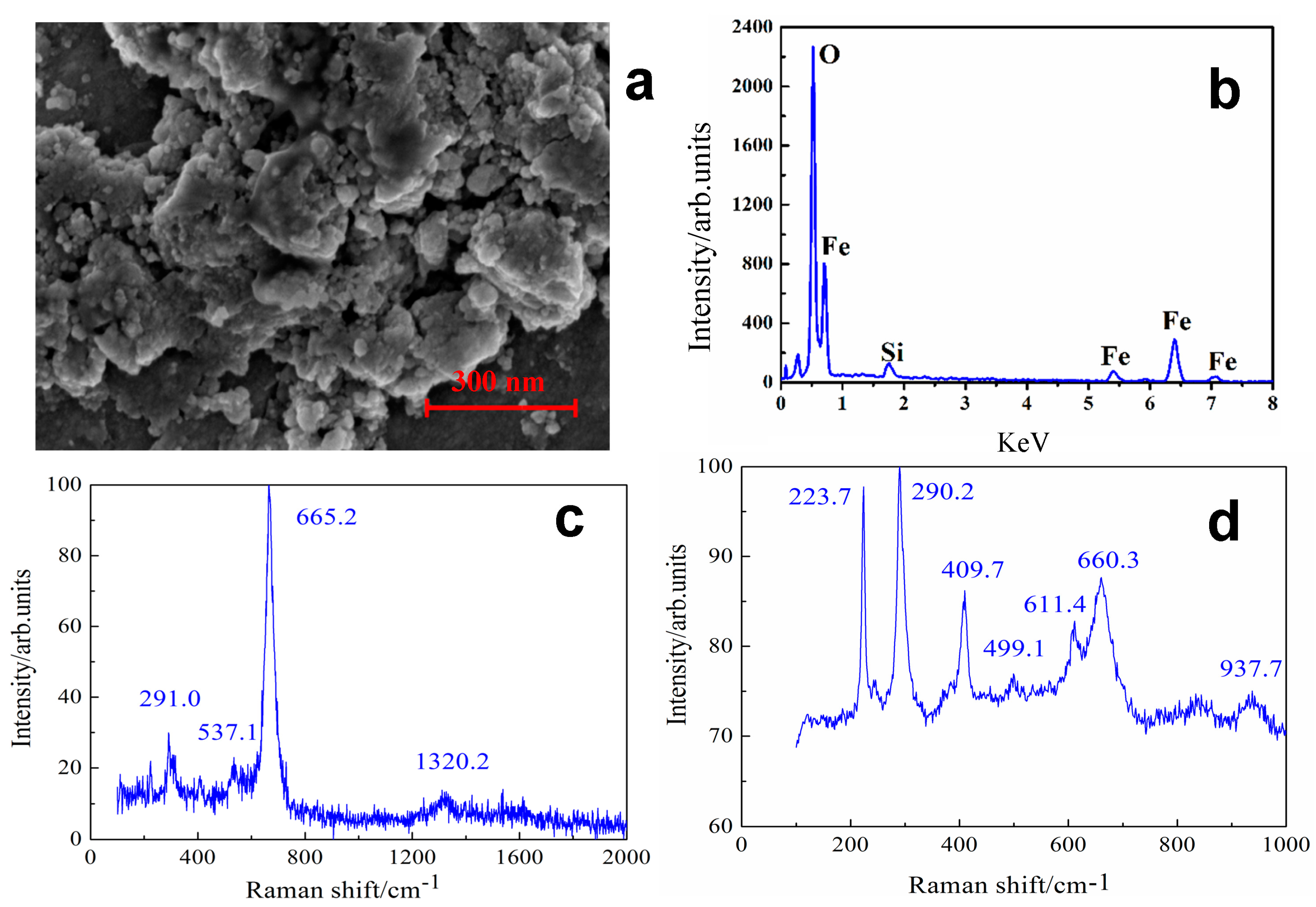


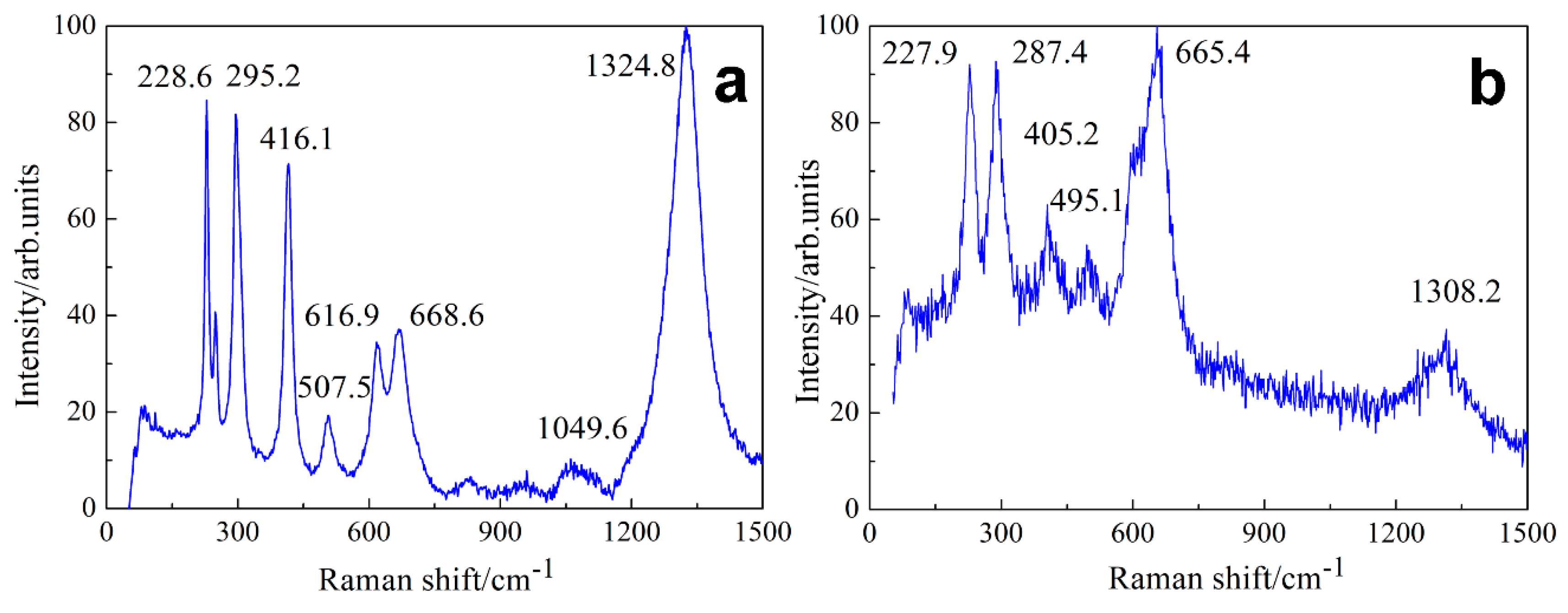

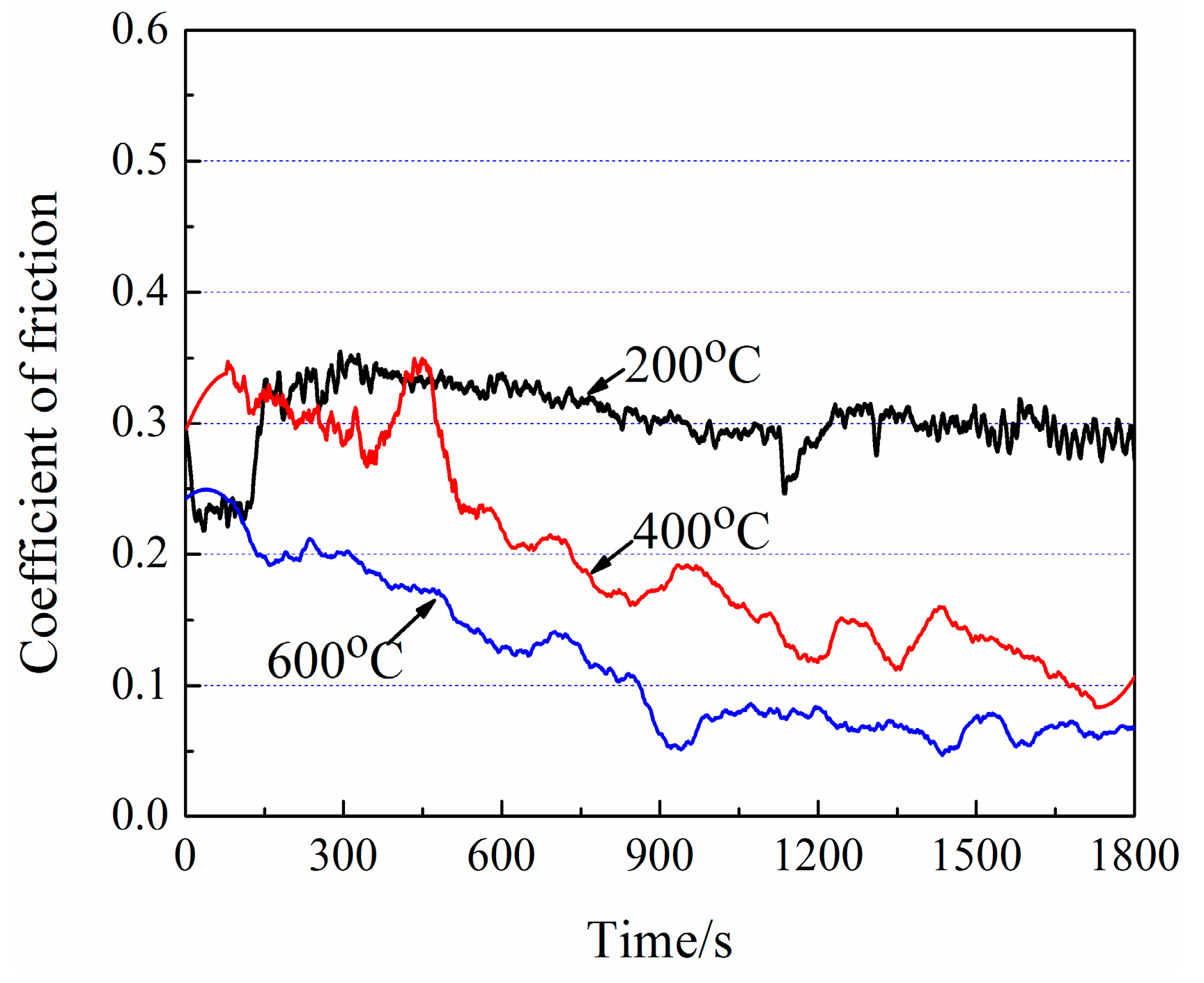


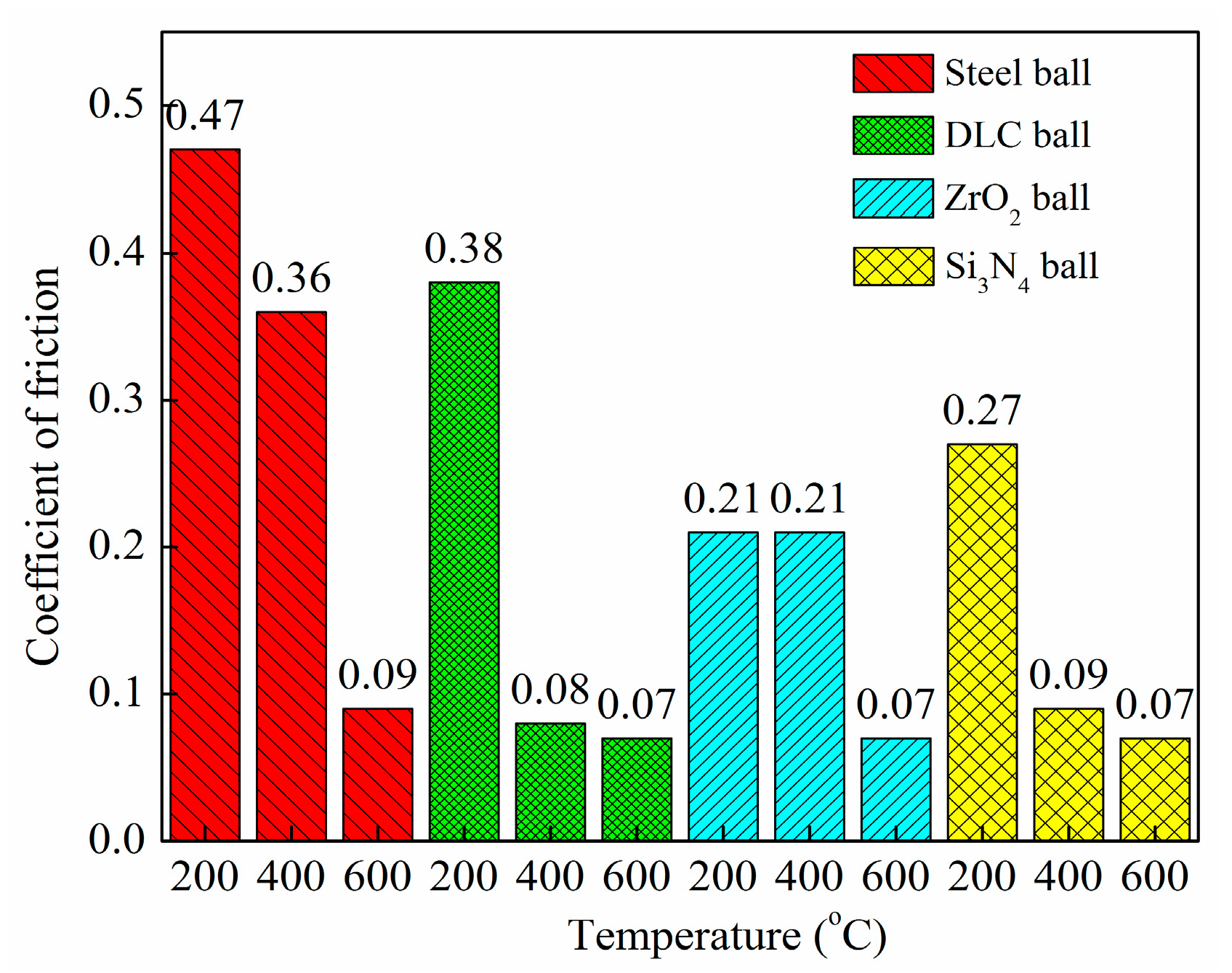
© 2019 by the authors. Licensee MDPI, Basel, Switzerland. This article is an open access article distributed under the terms and conditions of the Creative Commons Attribution (CC BY) license (http://creativecommons.org/licenses/by/4.0/).
Share and Cite
Zeng, Q.; Qin, L. High Temperature Anti-Friction Behaviors of a-Si:H Films and Counterface Material Selection. Coatings 2019, 9, 450. https://doi.org/10.3390/coatings9070450
Zeng Q, Qin L. High Temperature Anti-Friction Behaviors of a-Si:H Films and Counterface Material Selection. Coatings. 2019; 9(7):450. https://doi.org/10.3390/coatings9070450
Chicago/Turabian StyleZeng, Qunfeng, and Liguo Qin. 2019. "High Temperature Anti-Friction Behaviors of a-Si:H Films and Counterface Material Selection" Coatings 9, no. 7: 450. https://doi.org/10.3390/coatings9070450
APA StyleZeng, Q., & Qin, L. (2019). High Temperature Anti-Friction Behaviors of a-Si:H Films and Counterface Material Selection. Coatings, 9(7), 450. https://doi.org/10.3390/coatings9070450




